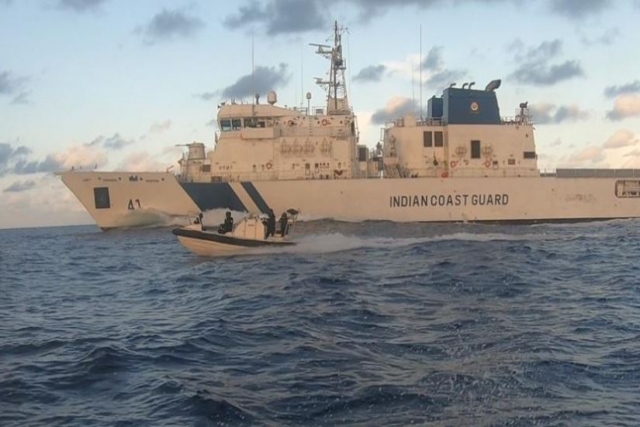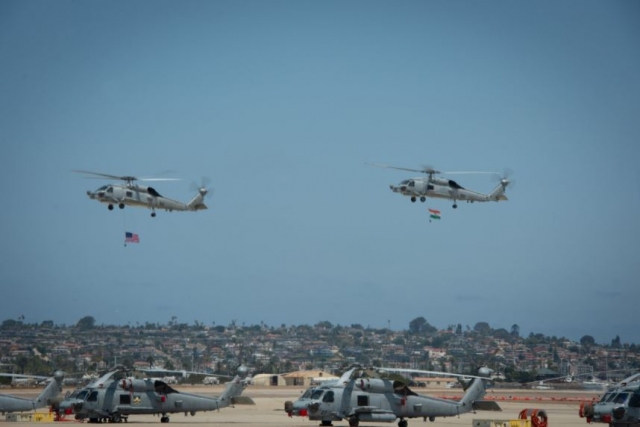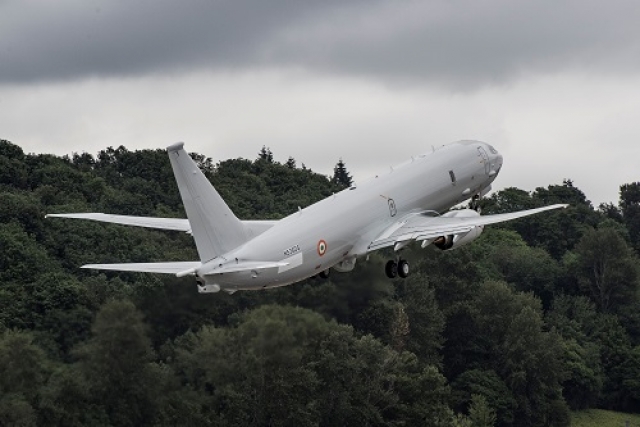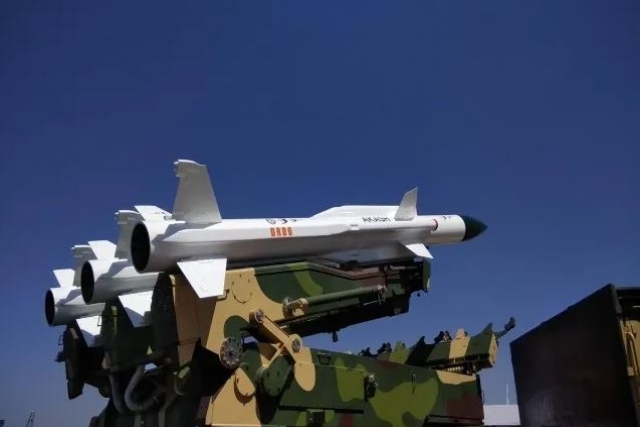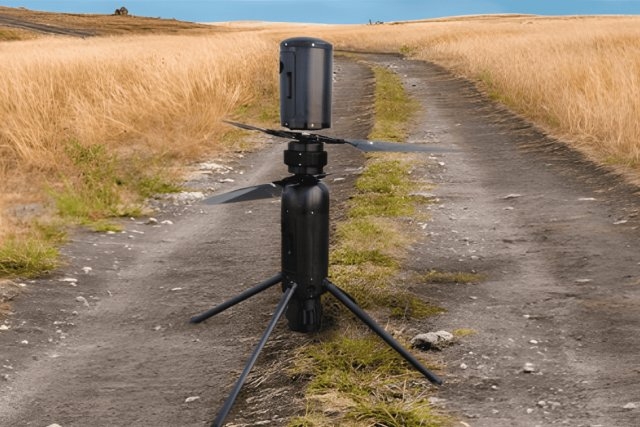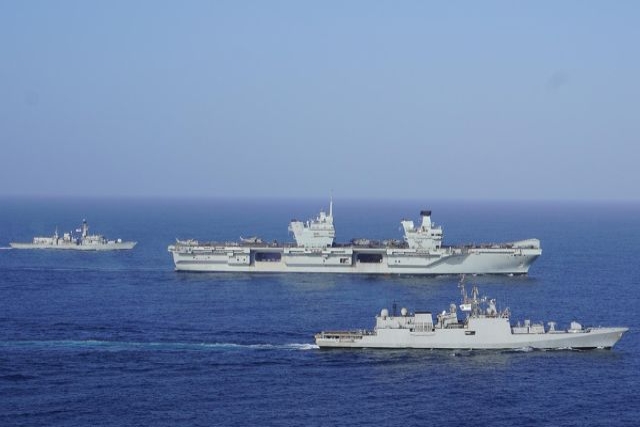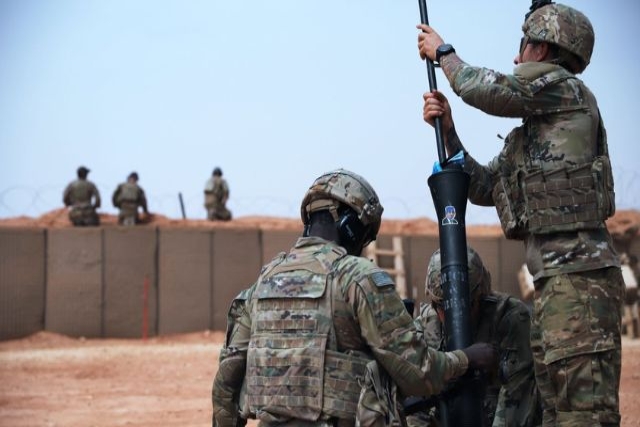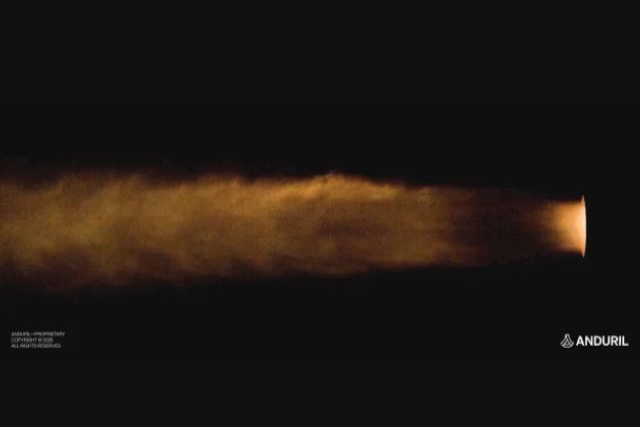Indian Defense Ministry Issues RFP of 6 Submarines under Project-75I

The Indian Defense Ministry issued the Request for Proposal (RFP) for construction of six advanced conventional submarines for the Navy under Project-75I.
The previously delayed deal is the first to work under the strategic partnership (SP) model of the procurement procedure. The SP model of the Defence Procurement Procedure (DPP) aims to promote the role of Indian industry in manufacturing and build a domestic defence industrial ecosystem.
The RFP was issued to shortlisted Strategic Partners (SPs) or Indian applicant companies for the project via, Mazagaon Dock Shipbuilders Limited (MDL) and Larsen & Toubro (L&T), Indian media reported citing the Indian Defense Ministry.
As per the Navy’s requirements, the submarines, all of which will be built in India, should be equipped with Air Independent propulsion (AIP) modules and be able to fire land attack cruise missiles.
The project is estimated to cost INR 43,000 crore ($5.9 billion). The Indian SP partners have to respond to the RFP within 12 weeks.
Five foreign OEMs- Daewoo Shipbuilding & Marine Engineering (South Korea), Naval Group (France), Navantia (Spain), Rosoboronexport (Russia) and TKMS (Germany), have been selected. The Indian companies are free to tie up with any of the foreign OEMs and one of the bids would be selected based on comprehensive evaluation.
It could take at least two-three more years for the deal to be concluded.
The project received the green light from India’s Defence Acquisition Council (DAC) in June 2021.
Project-75I aims for the indigenous construction of six modern conventional submarines with contemporary equipment, weapons and sensors including Fuel-Cell based Air Independent Propulsion (AIP) system, advanced torpedoes, modern missiles and countermeasure systems.
The Project 75I-class submarine is a follow-on of the Project 75 Kalvari-class submarine for the Indian Navy. Under this project, the Indian Navy intends to acquire six diesel-electric submarines, which will also feature advanced air-independent propulsion systems to enable them to stay submerged for longer duration and substantially increase their operational range.
